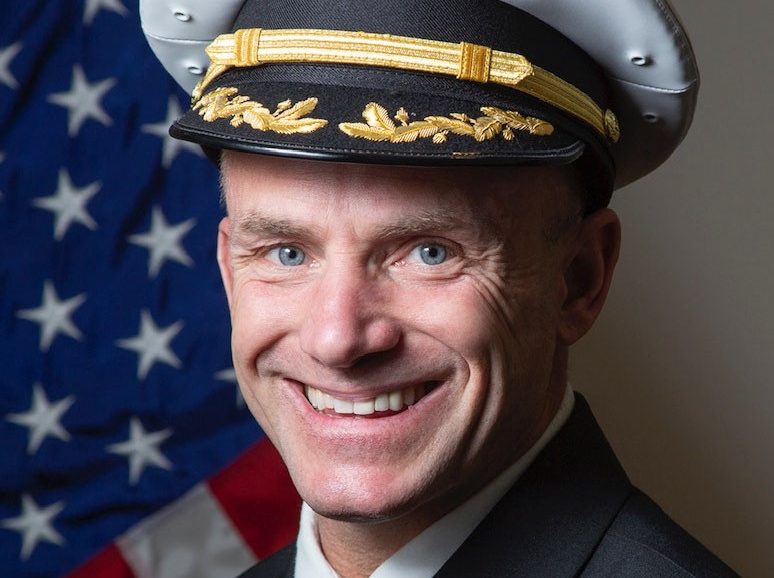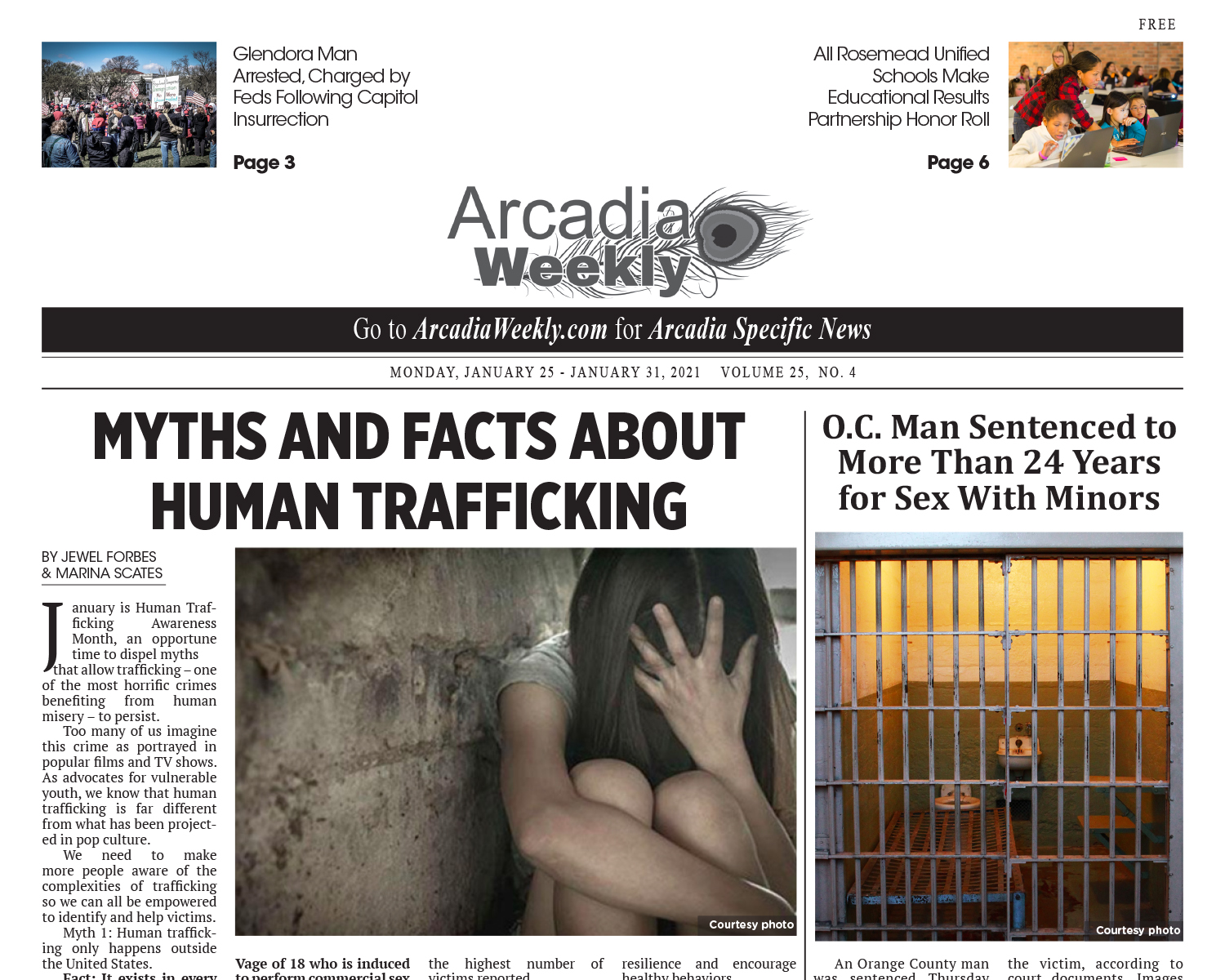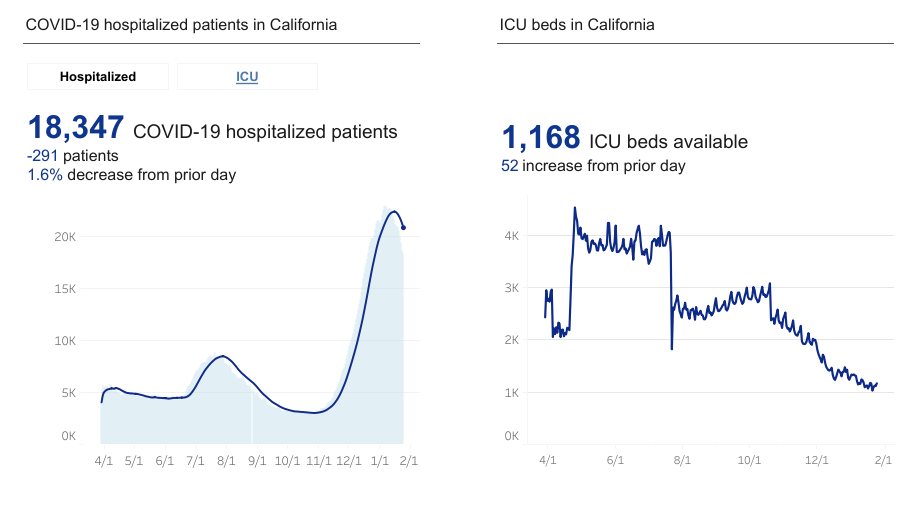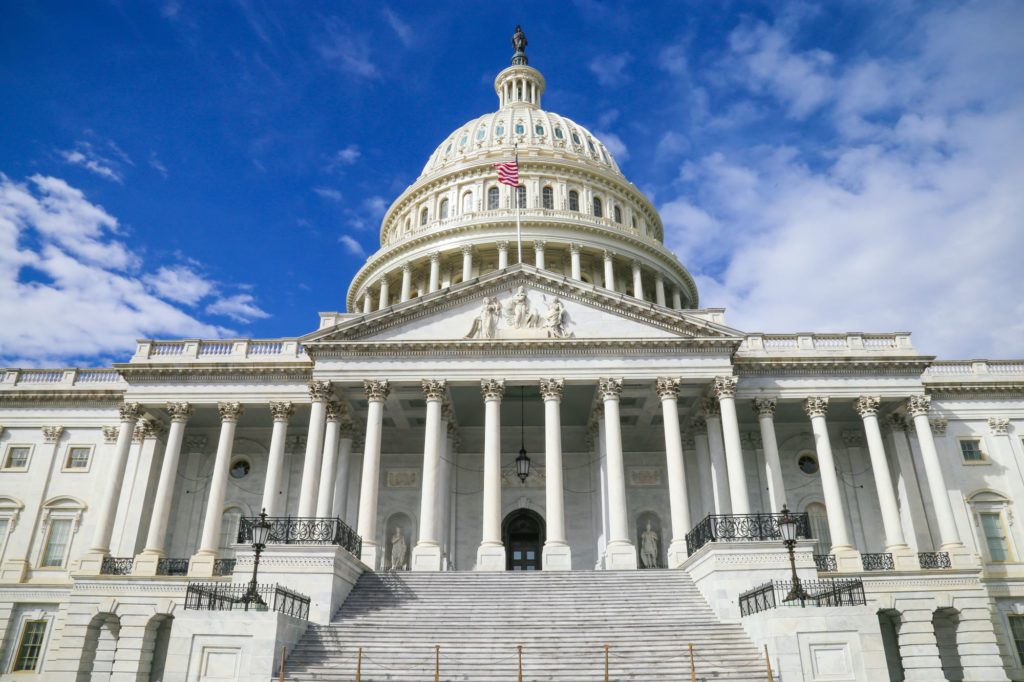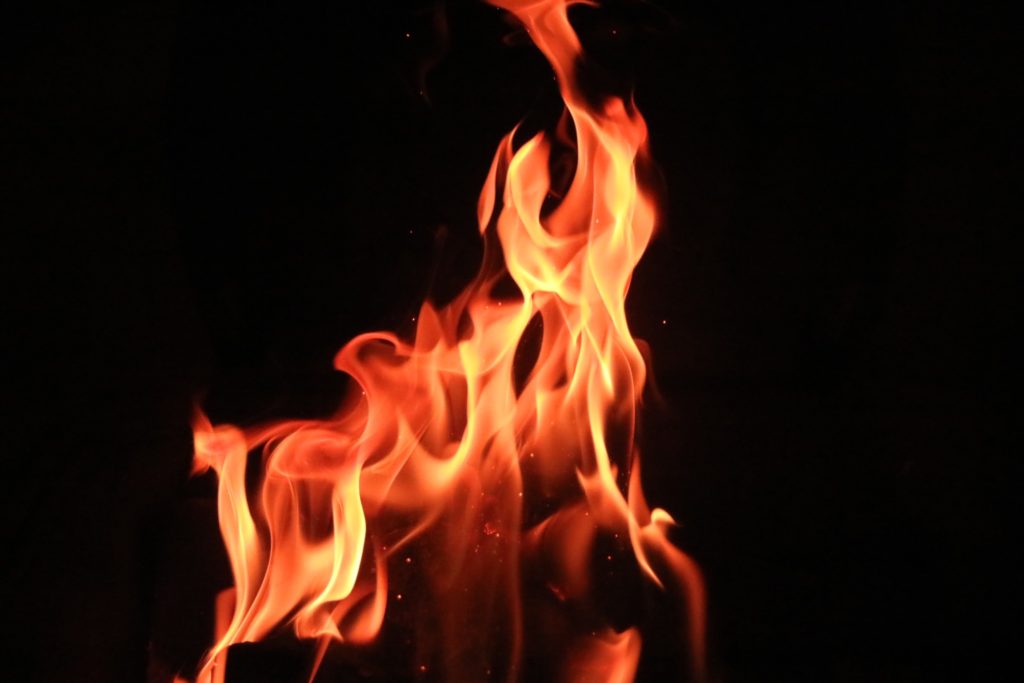
As property owners begin the process of recovering after the Bobcat and Lake wildfires, there are programs and resources available to help get them back on track. One of those is the state’s Consolidated Debris Removal Program led by the California Governor’s Office of Emergency, CalRecycle and local governments. This is an opt-in program. Survivors can participate by filling out a Right-of-Entry (ROE) form, which grants state-contracted work crews access to their property.
Survivors with fire-damaged structures and trees in danger of falling on public roads and other infrastructure from the 2020 California wildfires have until Feb. 1, 2021 to sign up for this no-cost program.
The state’s Consolidated Debris Removal Program consists of two phases. As Phase One wraps up, which is the removal of hazardous household materials, and now moves into Phase Two, which removes the remaining contaminated debris, the property owner becomes a critical part of the process.
Before the debris removal can start, property owners must submit a ROE form to their county.
Learn about more about the ROE form below:
Q: What is a Right-of-Entry form?
A: It grants the local and state government access to your property in order to clean up after a wildfire.
Q: Is the debris removal free?
A: All initial costs will be paid by state and federal agencies. However, if property owners have insurance that covers debris removal, owners must inform their local officials.
Q: How are properties prioritized for debris removal?
A: Officials will give priority to sites in or near sensitive areas such as watersheds, schools, day care centers and health-care facilities. Then, they will identify areas where there are groups of eligible properties.
Q: Should I be present during the cleanup process?
A: Owners do not need to be present but can view the cleanup from a safe distance on their property. Exclusion zones will be established to ensure the safety of the public and workers.
Q: Will debris removal crews be looking for code violations?
A: No. Debris removal crews are on site to perform specific operations related to the removal of contaminated soil, ash, debris, concrete and metals.
Property owners can opt out of the state program and do the work themselves or hire a private contractor by opting in to the local debris removal programs overseen in Los Angeles County by Public Works. Work done by property owners who opt out of the state program or their contractors will have to meet the same safety and environmental standards as those of the state program.
In August alone, the fires impacted 18 counties statewide, then in September, another 10 counties, with a total of 4.1 million acres burned. Even with record-breaking numbers, cleanup crews are continuing to make progress.
Recovery resources are available at wildfirerecovery.ca.gov where property owners can find direct links to county ROE forms, contact information for each affected county, as well as additional information about the state’s consolidated debris removal program.



